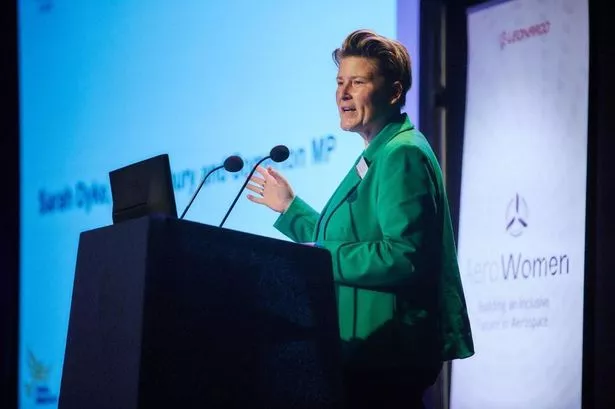A recent parliamentary motion has cast a stark light on a disturbing trend within the nation’s workforce: a significant number of women are increasingly departing engineering roles, marking a notable decline in the female engineering workforce since 2022. This concerning exodus has prompted a Member of Parliament to issue an urgent call for action, underscoring the severity of this issue in a field traditionally characterized by its male dominance and critical contribution to national infrastructure and innovation.
The implications of this growing attrition extend far beyond individual career choices, representing a profound loss of invaluable talent and specialized expertise that is essential for economic growth and technological advancement. As a vital sector, engineering thrives on diverse perspectives and a broad skill set, making the shrinking representation of women a critical concern for both current productivity and future innovation. This workforce trend not only impacts the immediate capacity of engineering firms but also raises alarms about the long-term competitiveness of the economy on a global scale.
Experts and advocacy groups suggest that several systemic factors contribute to this worrying decline in women in STEM fields. Challenges related to work-life balance, often exacerbated by demanding industry schedules, are frequently cited. Furthermore, an insufficient provision of mentorship and sponsorship opportunities can leave female professionals feeling isolated and unsupported in their career progression. Pervasive gender bias, whether overt or subtle, continues to be a significant barrier, impacting everything from project assignments and promotional prospects to daily workplace interactions and overall job satisfaction in engineering careers.
This situation compels a rigorous examination of existing workplace culture within engineering. Questions arise concerning the inclusivity of environments, the fairness of opportunities for advancement, and the adequacy of support systems designed for female professionals. While strides have been made in attracting women into these fields, the current data highlights a critical failing in retention strategies. Achieving genuine gender diversity is not merely a matter of equitable representation; it is fundamental to fostering creativity, enhancing problem-solving capabilities, and ensuring that engineering solutions reflect the needs of a diverse society.
In response to this alarming trend, the parliamentary push for intervention seeks to identify the root causes of this female workforce decline and to develop targeted solutions. The proposed actions aim to implement robust policies and initiatives that are specifically designed to retain women currently in engineering roles and to attract new female talent into the sector. Such measures might include enhanced flexible working arrangements, improved parental leave policies, mandatory unconscious bias training, and the establishment of comprehensive mentorship programs. The ultimate goal is to cultivate a more supportive, equitable, and ultimately, more diverse and robust future for the entire engineering sector.
Discover more from The Time News
Subscribe to get the latest posts sent to your email.






